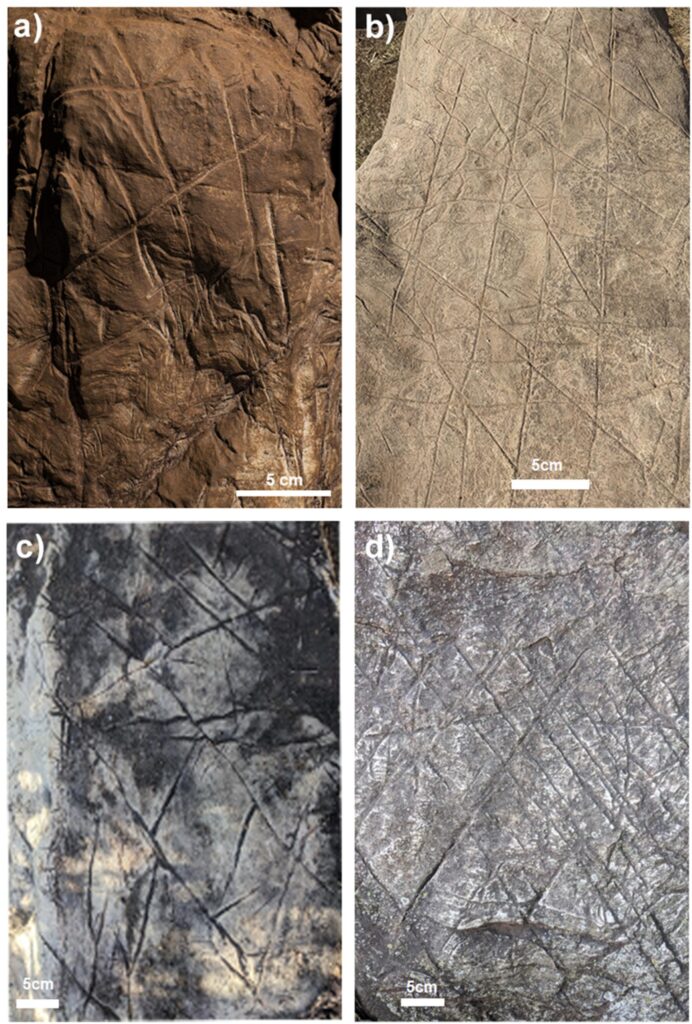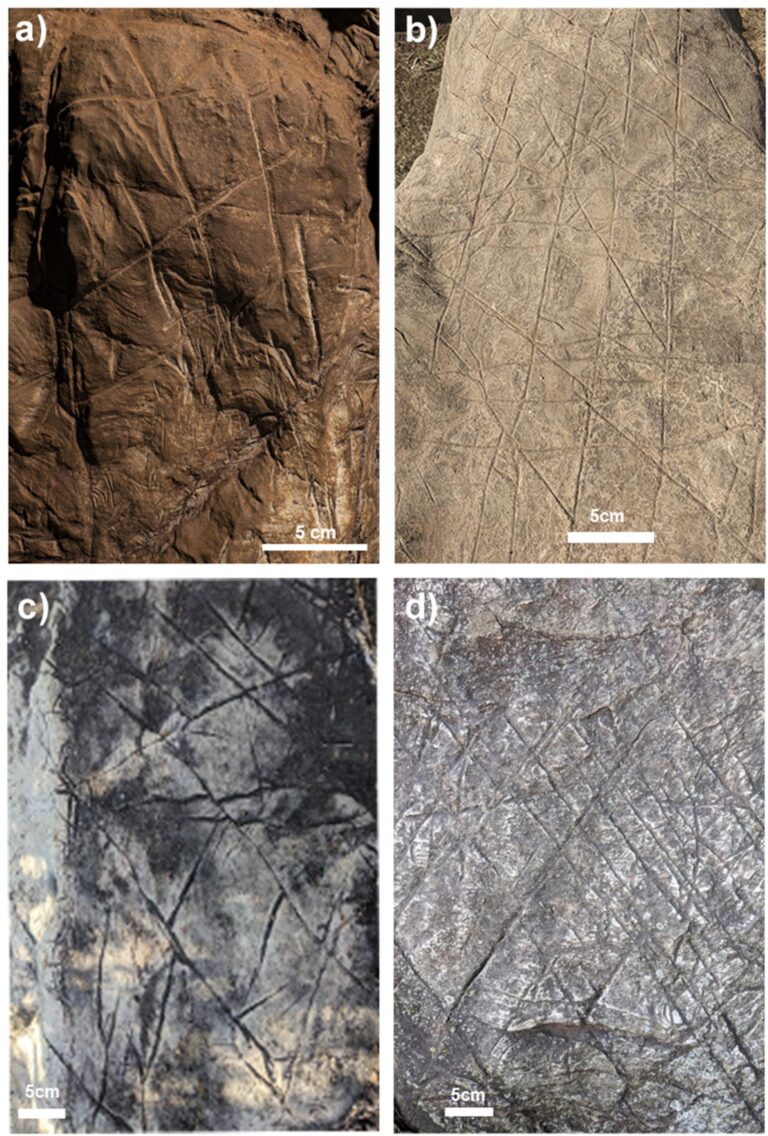There is no proof that ‘Homo naledi’ exhibited cognitively advanced behaviors
Three papers published this year in the journal eLife asserted that H. naledi, a small-brained hominin that lived between 241,000 and 335,000 years ago, recovered from the cave Rising Star (South Africa), buried its dead and produced rock art. These statements have led a group of experts who are specialists in biological anthropology, archaeology, geochronology and rock art, led by the Centro Nacional de Investigación sobre la Evolución Humana (CENIEH), to publish a paper in the Journal of Human Evolution, where they take a deep dive into the scientific evidence that really lies behind the discoveries at Rising Star.
María Martinón-Torres, director of the CENIEH, Michael Petraglia, of the Australian Research Centre for Human Evolution at Griffith University, Diego Gárate, of the University of Cantabria, and Andy I.R. Herries, of La Trobe University in Melbourne, are the co-authors of this paper, which sets out the first official criticism of the researcher Lee Berger (University of Witwatersrand) and his team.
According to Berger et al., the excavation at the Rising Star cave system has furnished evidence of at least three funerary elements, two of them in the so-called Dinaledi Chamber, and a third one in the Hill Antechamber cavity. According to these authors, the findings represent the first evidence of deliberate burial by a hominin species. They also affirm that H. naledi used fire to light the dark passages of the cave so they could carry the cadavers of at least three individuals into the depths of the system, where they dug graves into which they laid the corpses, and then covered them with sediments.
In the Hill Antechamber, and very close to the hand of one of the interred hominins, a stone tool was found that, according to Berger’s team, could have been used to execute the engravings in the form of crosshatching and geometric shapes like squares, triangles and crosses, which have been found in this cave system.
No convincing evidence
The research team, led by the CENIEH, considers in its criticism in the JHE that the evidence presented to date is not sufficiently compelling to posit deliberate burial of the dead by H. naledi, nor to show that it executed the supposed engravings.

As Martinón-Torres explains, “we need more documentation and substantial scientific analyses before we can rule out that natural agents and postdepositional processes were responsible for the accumulation of bodies or parts of bodies, or show that graves were deliberately excavated and filled by H. naledi“. Petraglia adds that “unfortunately, there is a clear possibility that the supposed stone artifact situated by the hand of the hominin is a geofact and not a product of knapping by H. naledi”.
For his part, Herries states that “there is no evidence that H. naledi had mastered fire and, unfortunately, the possible sites of combustion remain undated: these could rather have been natural fires, which are not at all uncommon in caves”. Finally, Diego Gárate considers that “we also need detailed analyses to show that the so-called ‘engravings’ are really made by humans, as marks like these can be produced by natural weathering of the rock or animal claws”.
The paper published in the JHE also offers a concise perspective on the state of the question with regard to the importance of responsible social communication and the challenges posed by the new models of scientific publication.
Bibliographic information:
Press release from the Centro Nacional de Investigación sobre la Evolución Humana – CENIEH



